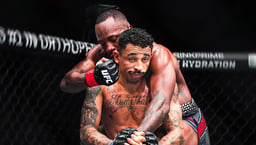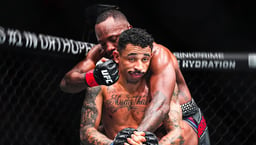
Issue 084
January 2012
Your super-hard gym sessions not paying dividends in the ring? Here’s how to make your workouts fight worthy
TUF 14 cast member Paul McVeigh is a sports scientist and a pro fighter, ranked as the number-one bantamweight in Europe
Grandiose title this month but what we have below are the components that I believe equate to a great MMA workout. The cool thing about MMA strength and conditioning is that there are many methods that produce results. I use this method with a host of athletes, recreational guys and body recomposition clients. If your workouts are lacking in one of these areas I think you may be missing something. The first three are applied one after the other.
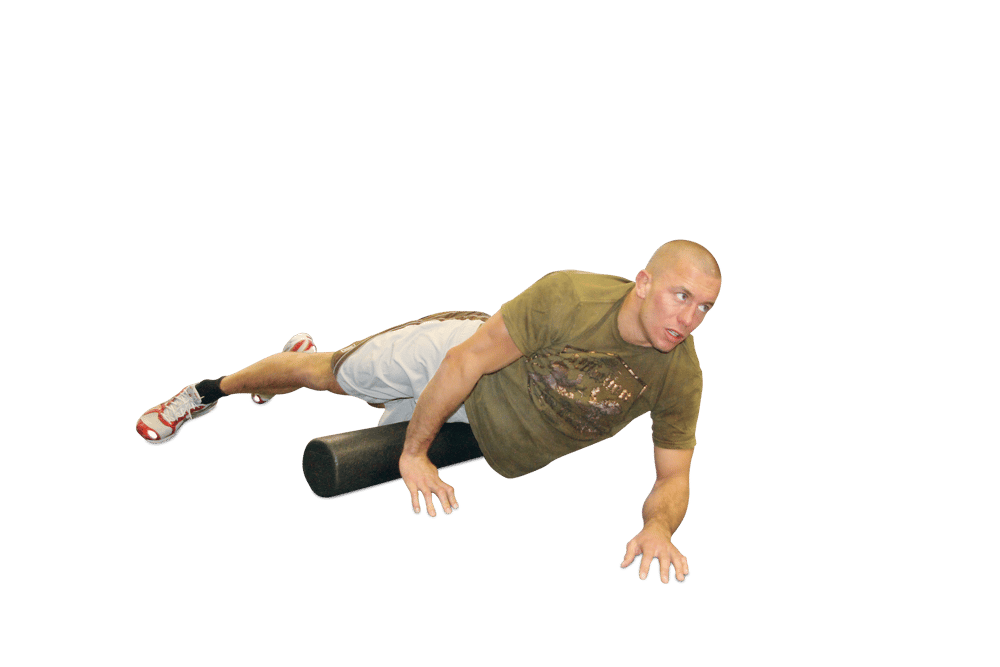
FOAM ROLLING/SELF MYOFASCIAL RELEASE
It would be very cool to have a massage therapist on hand pre-workout to smash up all those knotted muscles and adhesions and get you ready to lift serious weight. Unfortunately, for most of us, that’s an expense we cannot justify. A great alternative comes in the form of a foam roller.
Muscles have an elastic quality. Over time, knots form in these elastic tissues and limit their ability to stretch and your ability to move. Foam rollers and other implements can help remove these, improve your movement and prepare you for the static stretching component.
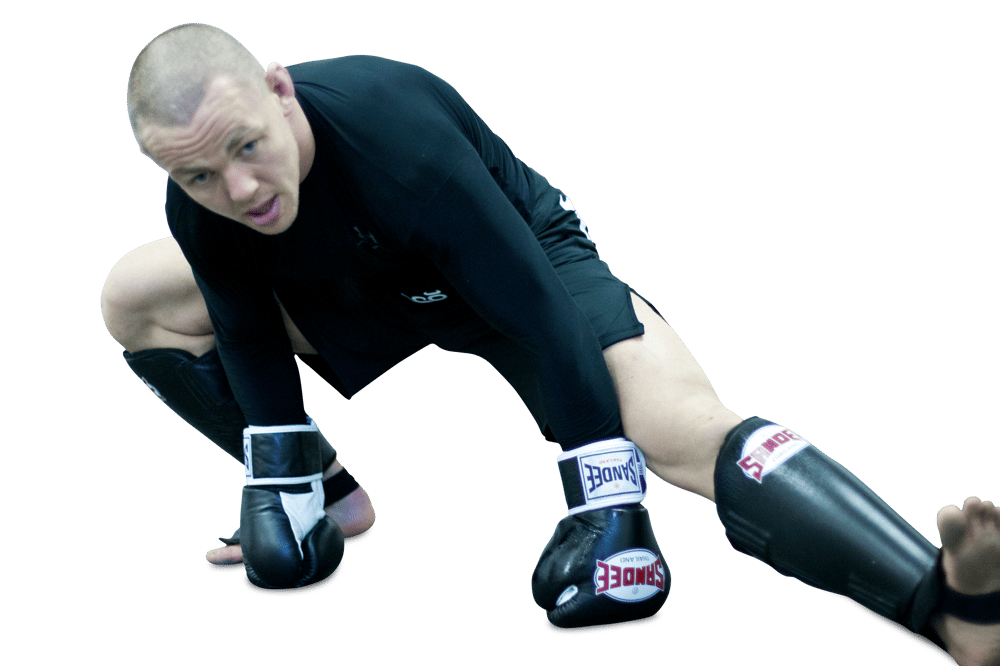
STATIC STRETCHING
The foam rolling component dealt with muscle tissue quality, static stretching deals with muscle tissue length. Imagine stretching an elastic band with a knot in it and the rationale for the ordering becomes apparent. If you train in combat sports you probably have a whole host of problem areas like tight pecs and lats, hip flexors that are jacked and a neck that is constantly trying to kill you.
DYNAMIC MOBILITY
Your body hates you. Parts of it do not move when they should and movement is gained from the parts that should not move. Does your thoracic spine not want to move? Don’t worry, your lumber spine can pick up the slack and as a result, six weeks off training with lower-back pain. In this component we use movements that encourage problem areas to move and focus on preventing movement in the stable joints. This is also were we will add in activation drills for commonly inhibited muscle groups like the lower traps and glutes.
These first three components are your movement foundation and prepare you to reap the benefits of the upcoming components. In early stages of training these components are the most important and a lot of time is spent on them. As the athlete develops progressively less time is spent on these areas and more on the following sections. The intensity of training also has an effect on the duration. If you have been killing yourself in preparation for an upcoming competition you would benefit from a ton of the above.
THE CORE
Most strength coaches now hate the term ‘core’ as it conjures up images of late-night infomercial products, Pilates classes and sit-ups. It’s a nonsense term that anyone can use for almost any meaning. Try and find a fitness program or product that does not refer to its effect on the mysterious core musculature. If we take a look at the muscles of the hips and torso it seems they have evolved to prevent movement at the lumbar spine, otherwise known as the lower back. That is where our core training begins, with the prevention of movement at the spine. Every training day will involve a movement to develop this. The movements can be sub-divided into anti extension such as ab-wheel rollouts and anti-rotation, or Pallof press and anti-lateral flexion, or asymmetrical farmers’ walks.
POWER
Find an athlete that would not benefit from being more explosive. We divide this section into three additional components: medicine ball throws for the development of upper-body power, jump training to develop lower-body power and Olympic lifting variations to develop total body power and triple extension. Each of these has been covered in depth in previous articles so we’ll leave it there, but ensure you focus on the speed of movement as opposed to the weight of the implement and you will be improving.
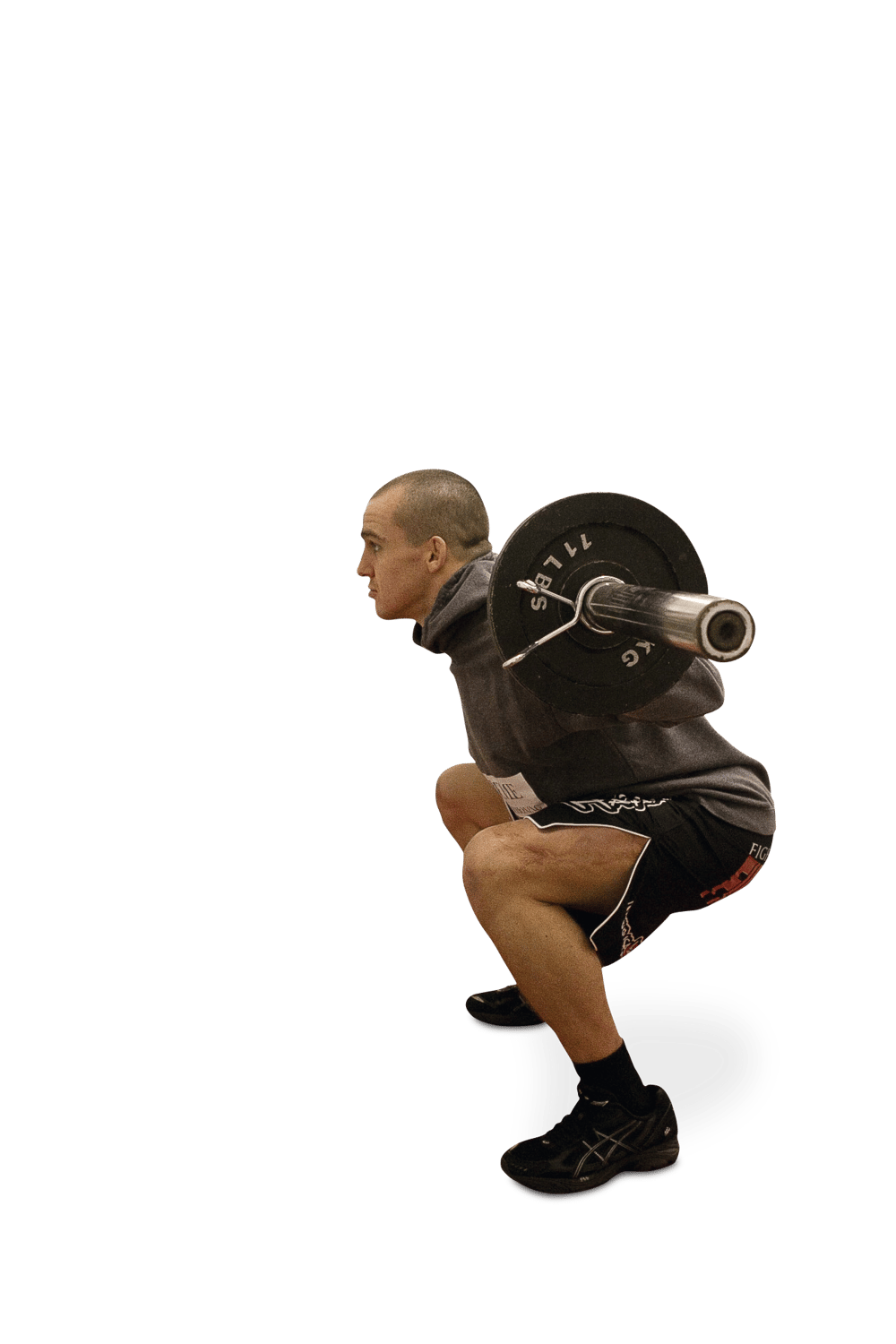
STRENGTH TRAINING
This is the section where most people’s strength and conditioning begins and ends. Eight sets of bench press, some arm work, a million crunches and we wonder why guys end up looking like chimps. Some things to remember: use full-body compound movements (exercises that work everything at once), add weight whenever possible, make sure your technique is awesome and do not tell everyone that you bench three days a week and running takes care of your legs. Strength training is a great tool for performance enhancement but it is just one tool in your arsenal and its effectiveness is determined by its interrelation with the other components.
CONDITIONING
The MMA athlete does not need to go on runs at a comfortable pace for miles on end. MMA conditioning is all about short, intense workouts that make you see the positives of a sedentary lifestyle. This could be anything from tabatas to stair runs to barbell complexes. Recently, I have been having great fun (i.e. trying not to puke) with Barry Gibson’s Fight Day circuit from issue 33.
This might all seem like a lot but with some practice you can get workouts like this done within 60 minutes. If you have not tried a component listed above add it in to your strength and conditioning and see what happens. You can thank me later.


